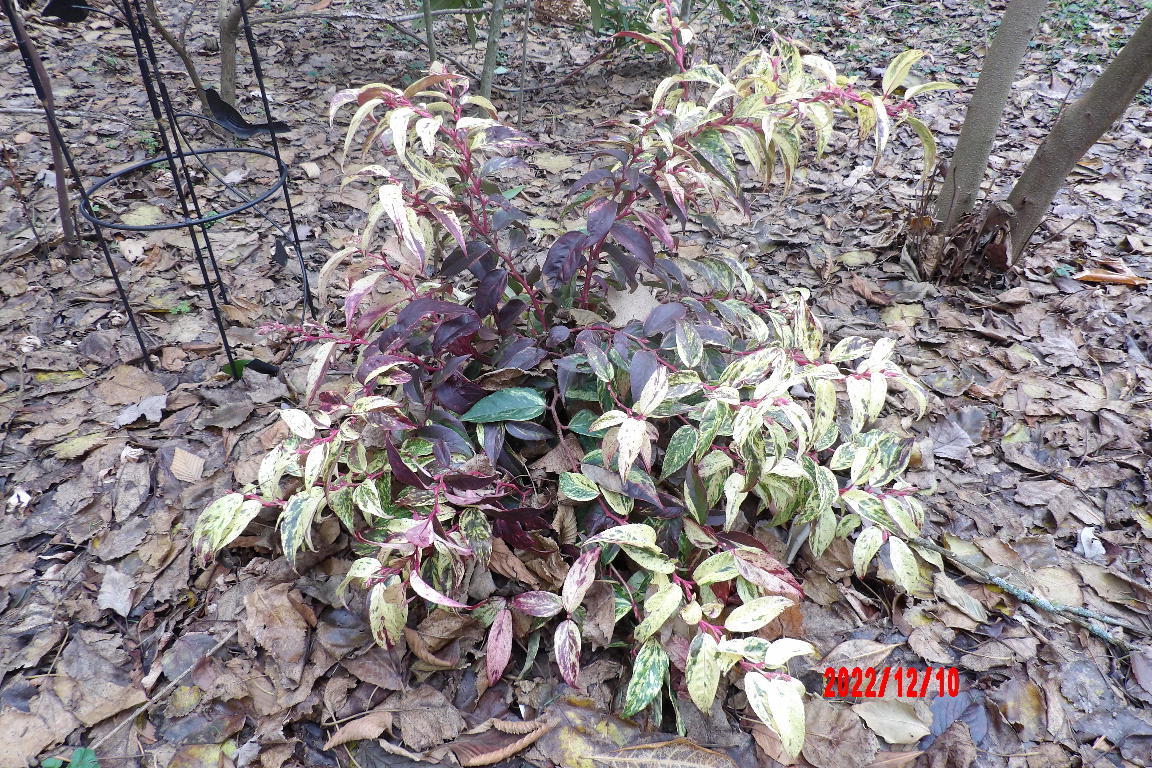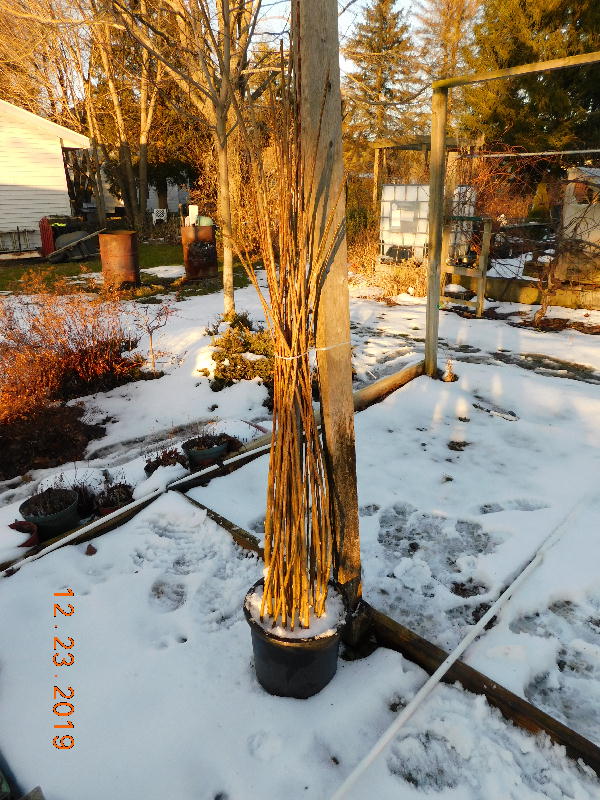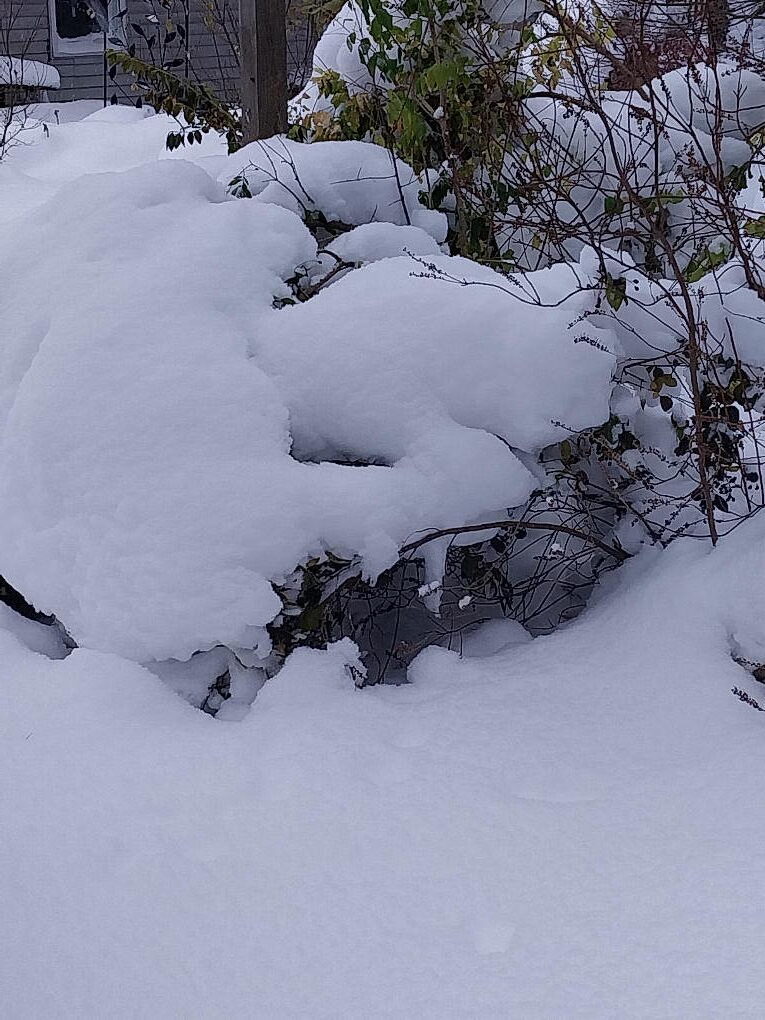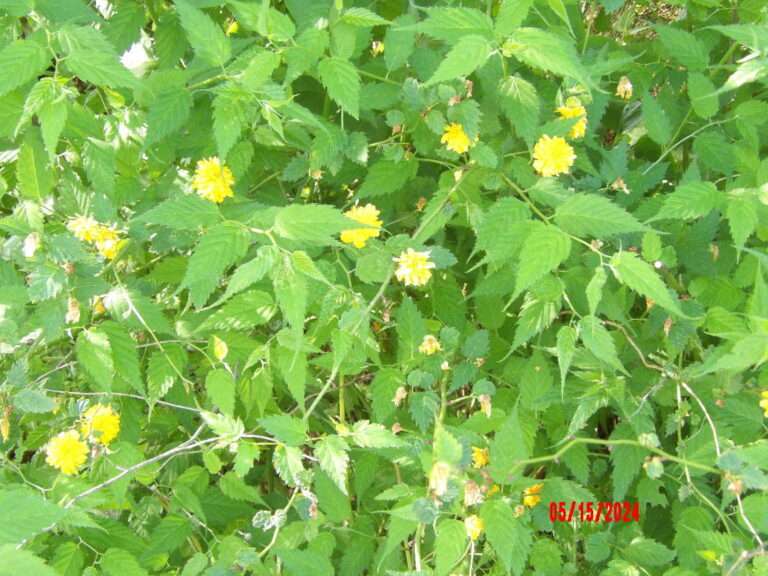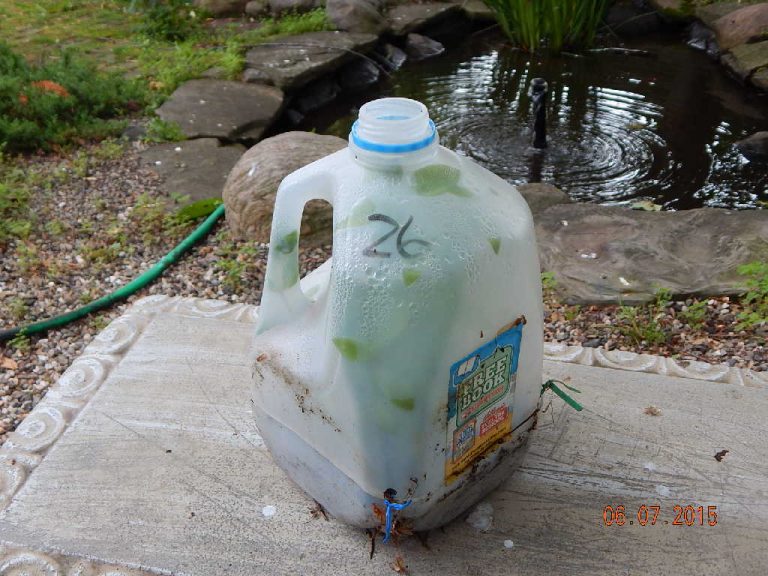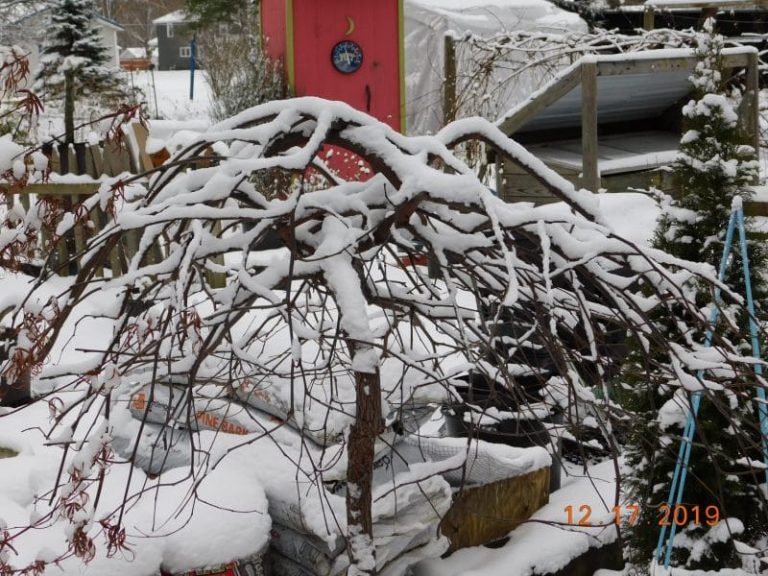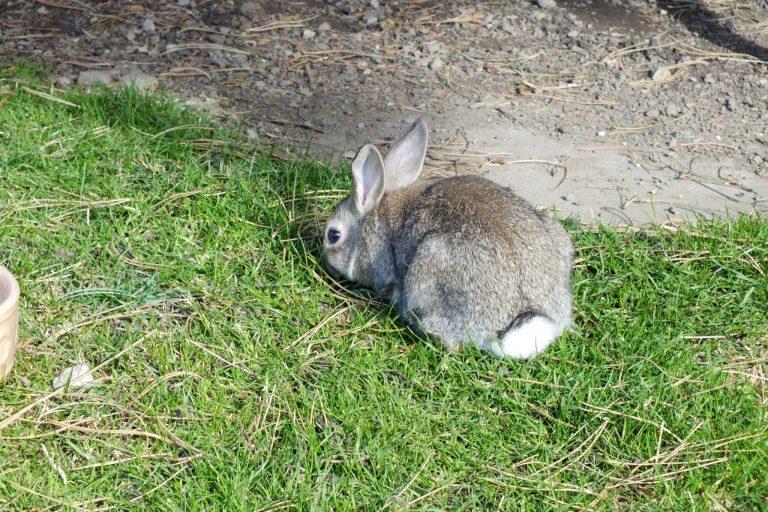Rainbow Drooping Fetterbush
Rainbow Drooping Fetterbush
Rainbow Drooping Fetterbush, Leucothoe fontanesiana ‘Rainbow’, is an evergreen bush in description only. It is anything but green in color.
This is one of my newest additions to my yard. I purchased a nice-sized specimen in a 2 gallon pot back in the early fall. The colors are what drew me in.
Red stems loaded with long mottled leaves of yellow and green along with some cherry colored patches. The arching stems already showing signs of next years flowering buds.
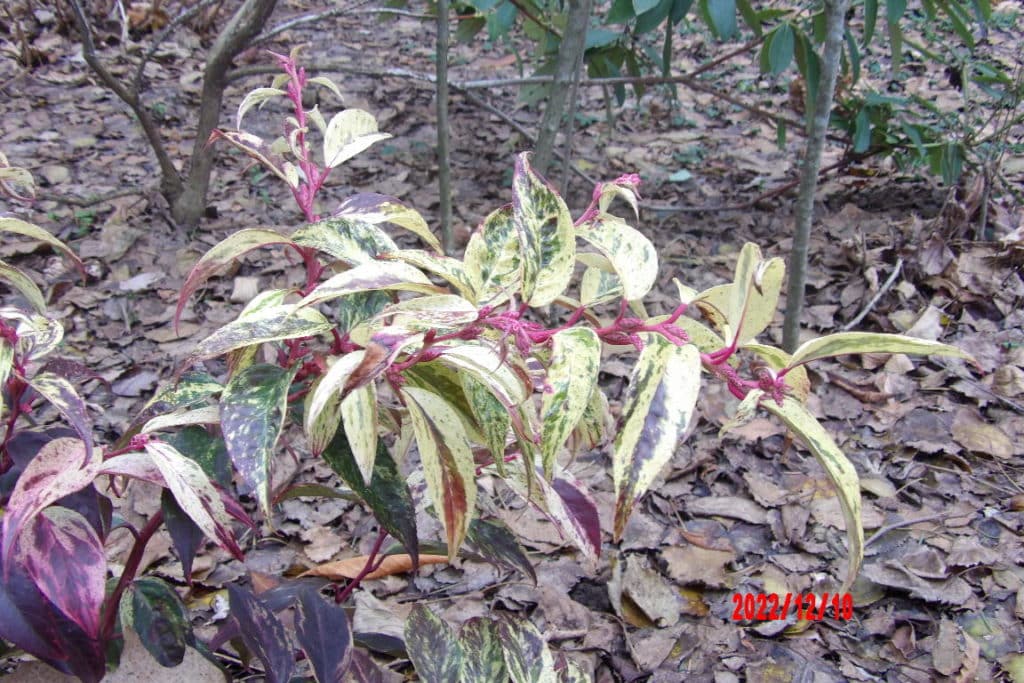
Woodland beauty
Since these make great woodland plants, I planted mine in my side yard. Along with the partial shade and the big Viburnums, Spicebushes, and others. I hope it fits right in.
There isn’t that much color in this area for most of the year. Sure there are some colorful spring blooms on nearby Cameo Quince and white flowers on the Viburnums. But the Rainbow Drooping Fetterbush provides so much more.
White flowers in Spring will brighten up the somewhat shady locale. The colors of the leaves will make their own bold statement. Oh, and don’t forget about the pink to almost red arching stems.
Another Native Plant
Rainbow Drooping Fetterbush is another North American native bush. Leucothoe fontanesiana are native plants from the south-eastern United States. There are several varieties that can be found.
They are also known by several local common names as well. Doghobble, Dog Hobble, Drooping Leucothoe, Fetterbush, and Mountain Doghobble are most of them. I didn’t make these up.
It can be found growing in wetter ravines and along streambanks. Oftentimes growing amongst large Rhododendron groups.
The particulars
The Rainbow Drooping Fetterbush prefers more acidic soils in partial shade. It will usually grow to about 3 to 6 feet in rounded size. It should do fine down to Zone 5 for cold hardiness and maybe even Zone 4 if it has good winter protection.
They will also grow in more sun or even more shade as long as they are in a protected area and given plenty to drink. They really don’t like windy locations, but who does?
White clusters of bell-shaped flowers will appear in April and may persist until the end of Spring. They are very showy and fragrant. They can have an almost fluorescent appearance to them.
Winter standout
While out wandering in my yard in one of our snowless times, I noticed something amazing. There amongst all the drab browns of the wet fallen leaves and yucky dead perennials, was this bright colorful plant.
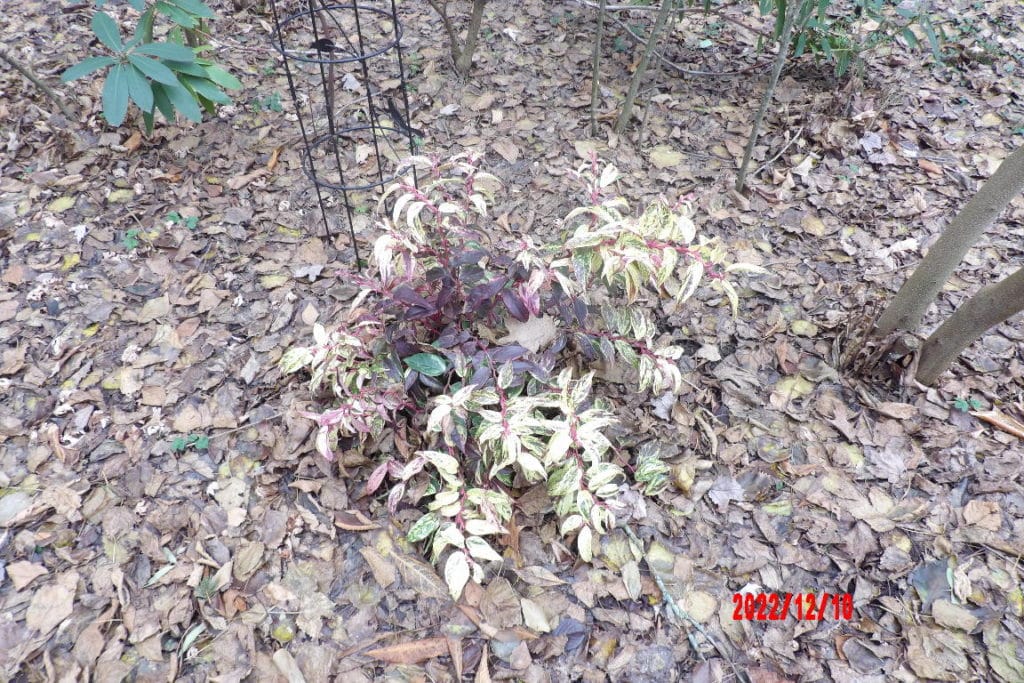
Gray skies and lack of sunshine didn’t keep this Rainbow Drooping Fetterbush from putting on a colorful exhibit. Pinks, yellows, greens, and other shades of purplish-reds. Set against that icky brown backdrop.
Winter interest
Evergreen plants are especially nice in the winter months. Most things are just bare branches, sometimes they may be colorful. Colored leaves are an extra special treat.
I have several evergreens in my yard. They are the backbone of the winter scenery. Shades of green and yellow shine amongst the drab colors of fallen leaves and bare branches.
When you add colorful leaves and branches to that, you have winter beauty. The Rainbow Drooping Fetterbush provides that extra touch.
I hope to start propagating this plant this coming year. Right now there is only this one plant growing here in my yard. I look forward to seeing it at its full beauty when Spring arrives.
Word of caution
While this is a beautiful plant throughout the year, this is also a plant to be aware of. It is apparently toxic to dogs, cats, and horses. Unfortunately there are some plants that may be beautiful to us humans, they can be harmful to others around us.
